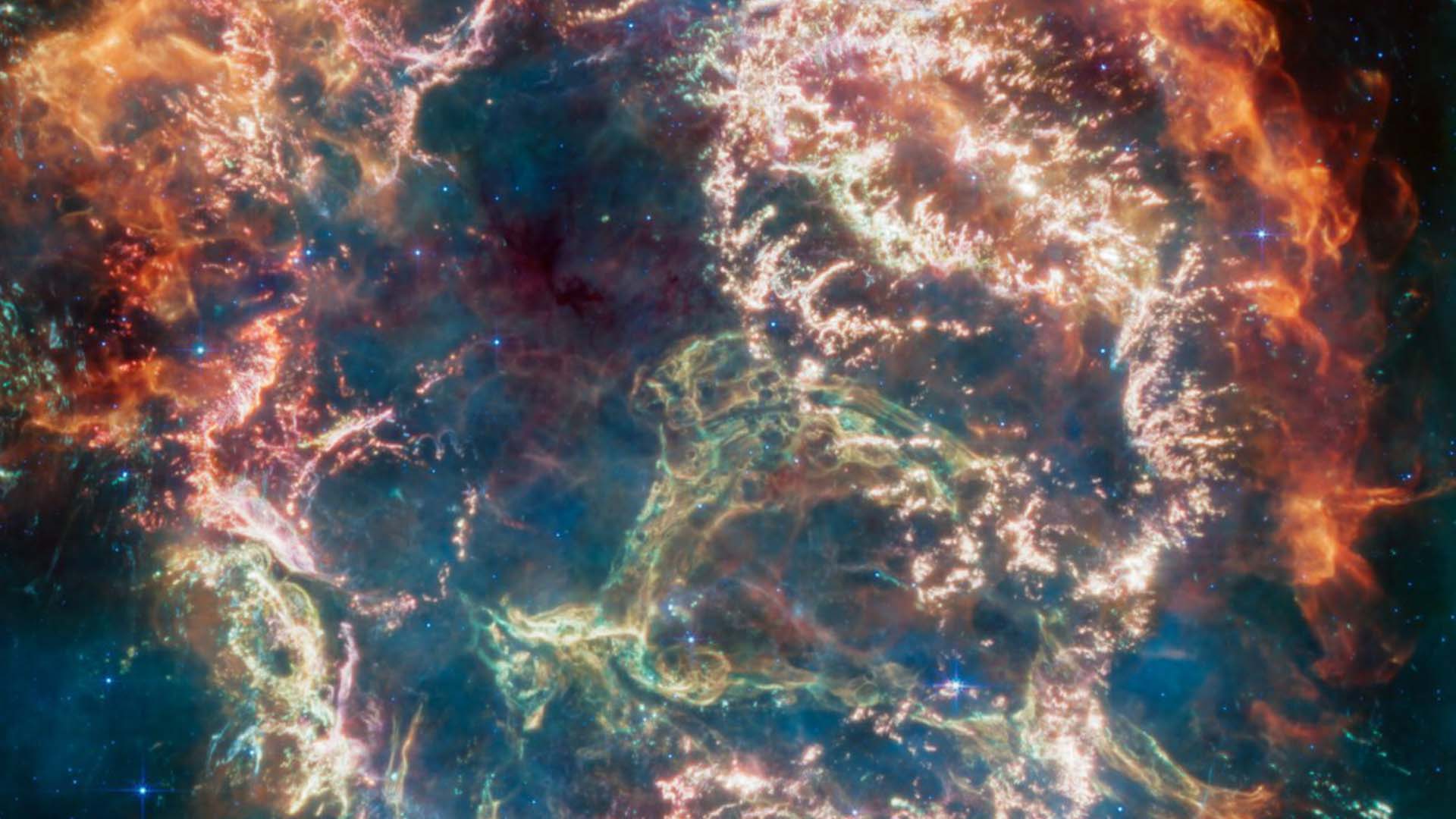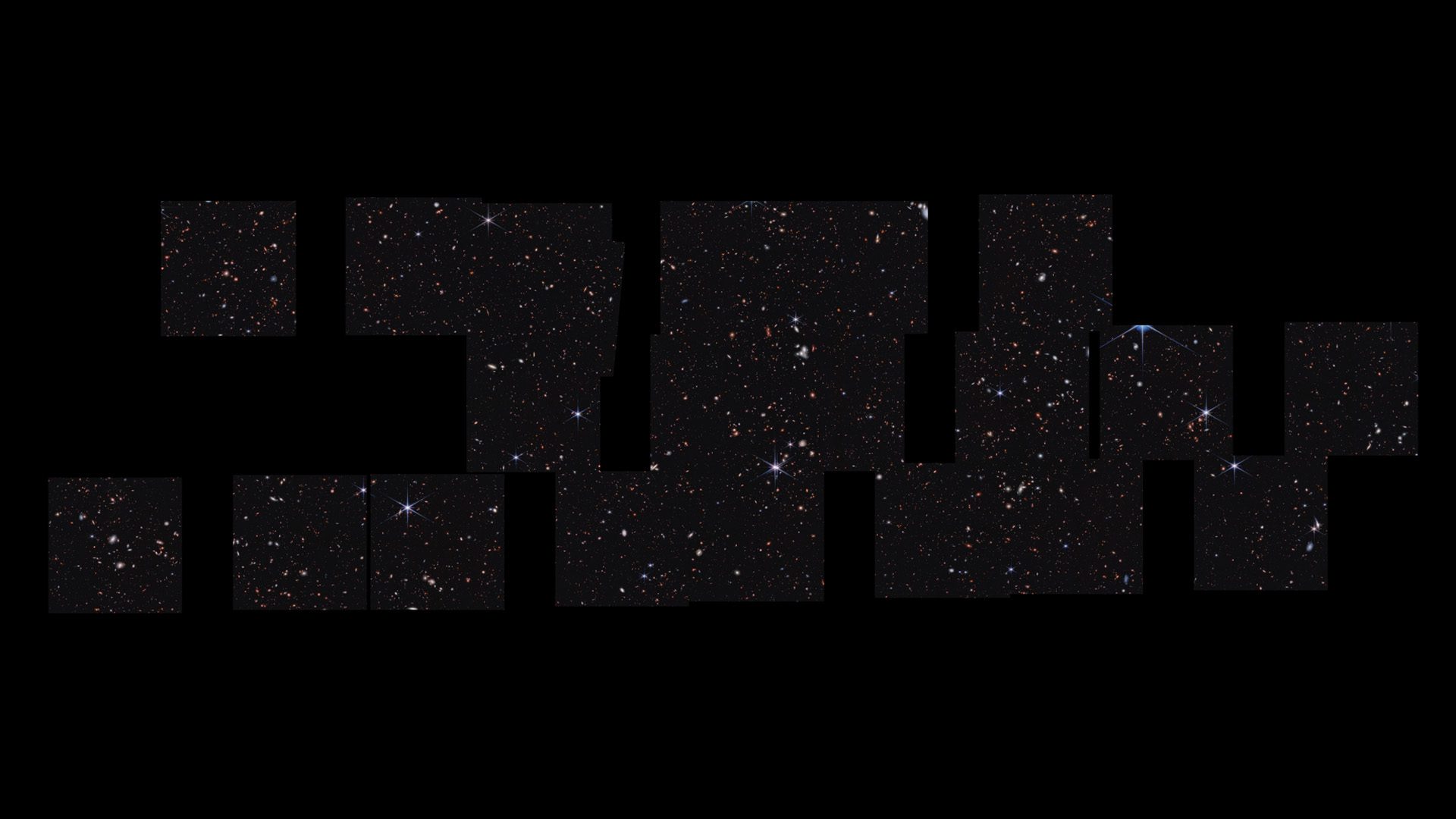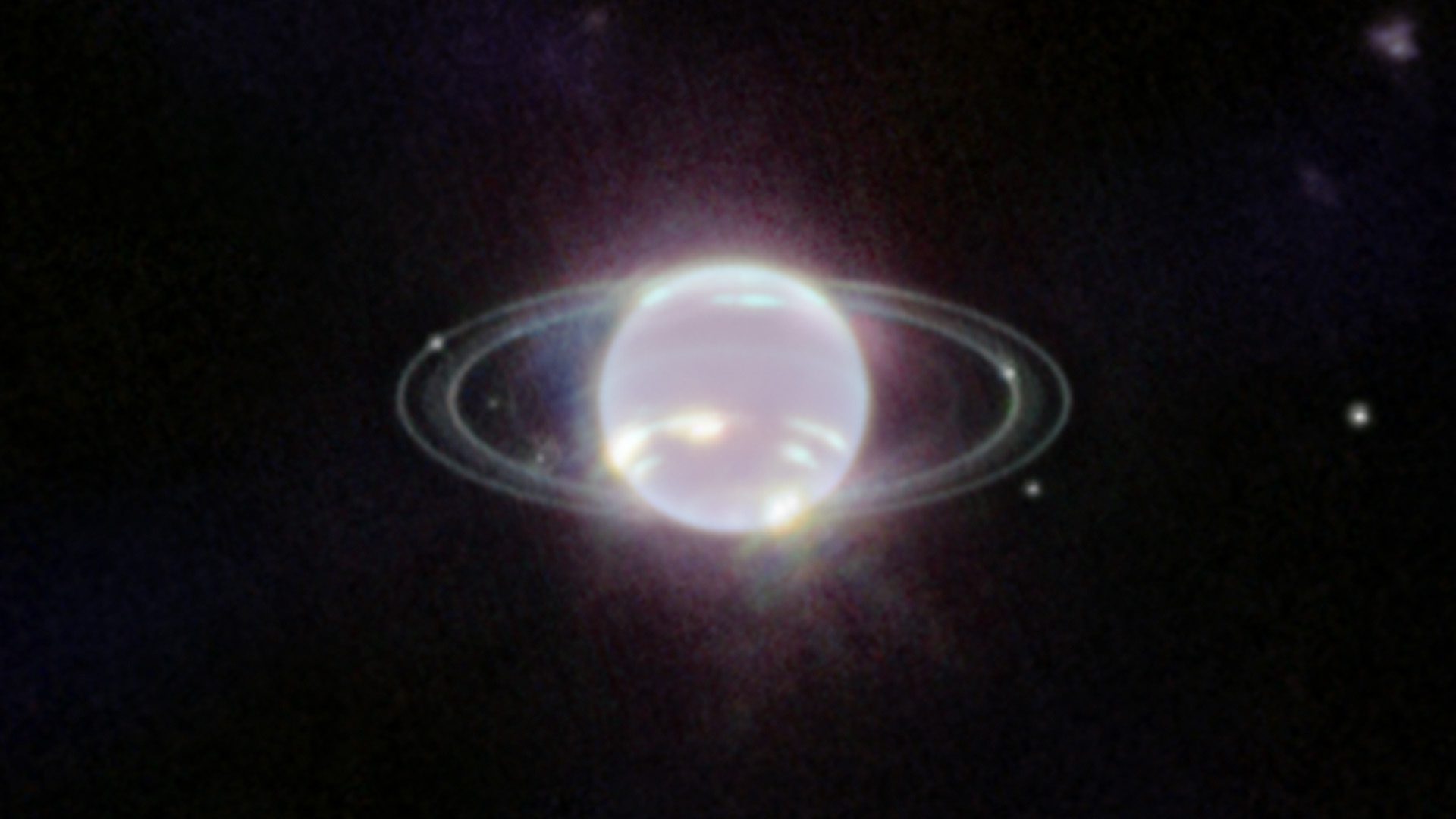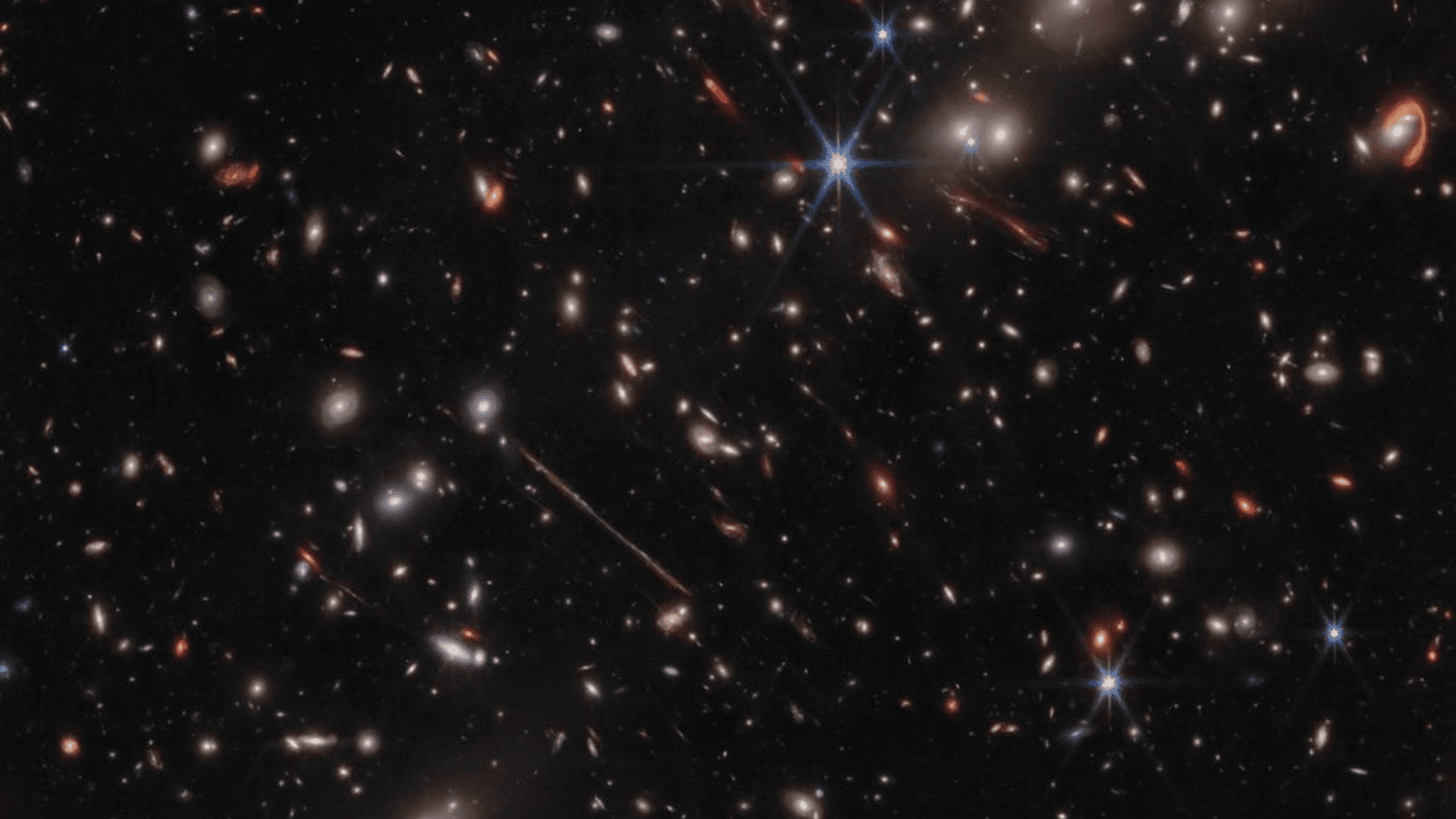Scientists found water molecules in soil samples that their lunar probe brought back from the moon.
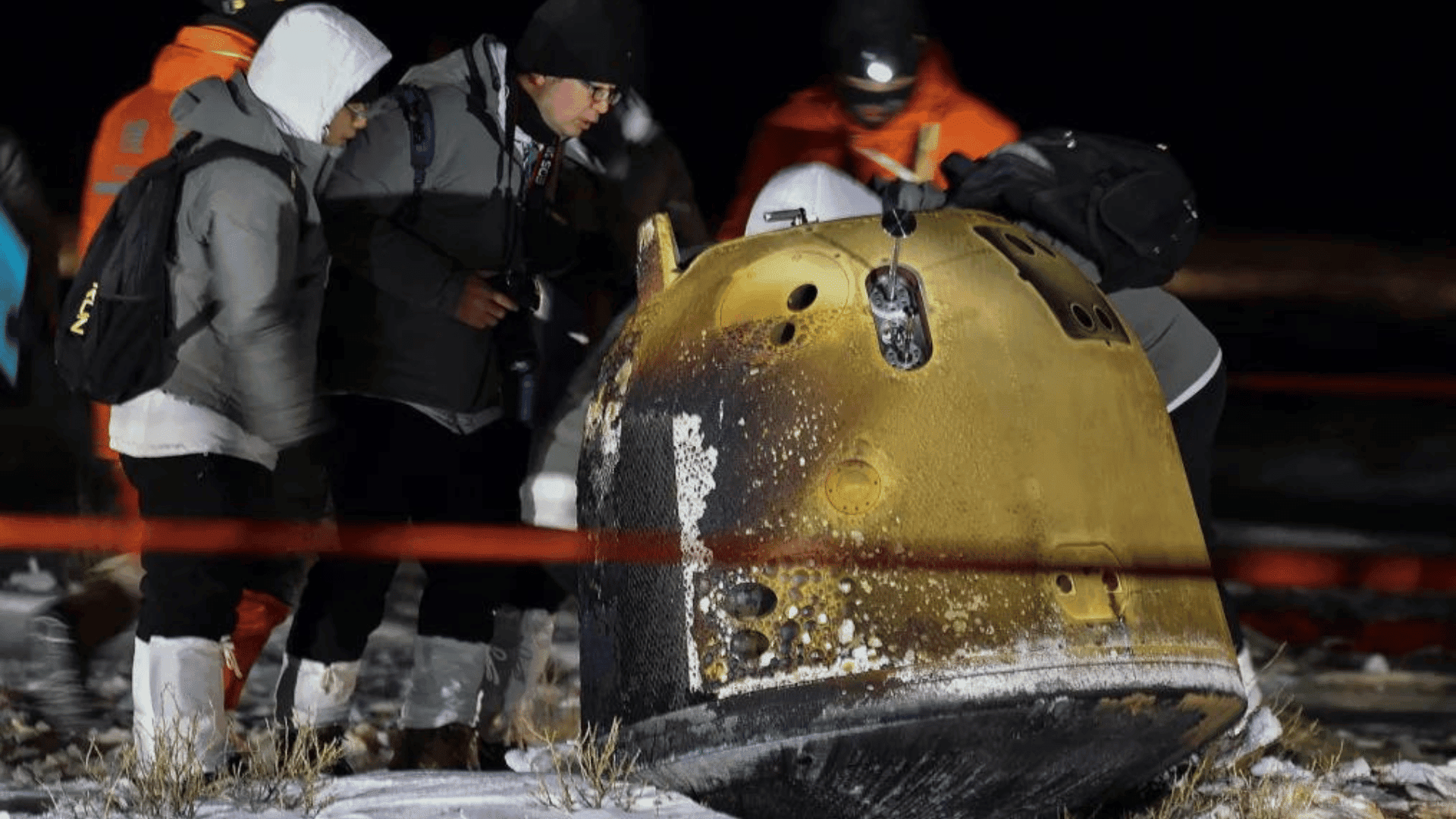
This is not the first time water has been speculated to exist on the moon. NASA and Indian spacecraft have spotted what they believe to be water, and Chinese scientists found water trapped in glass beads across the moon’s surface last year. This discovery, however, is the first time water in its molecular H20 form has been found in physical samples.
The water molecules were discovered in an area of the moon where they previously believed this form of water couldn’t exist. The most ideal area for lunar water to form would be the lunar poles, but these areas contain rocky terrain, making them difficult areas from which to obtain samples.
According to Yuqi Qian, a planetary geologist at the University of Hong Kong who was not involved in the study, molecular water is “not stable in other regions of the moon,” vaporizing at lower latitudes where temperatures can exceed 100 degrees Celsius (212 Fahrenheit).
The samples, retrieved by China’s Chang’e-5 probe, came from a middle-latitude part of the moon, at 43.1 degrees latitude – an area that’s normally “not stable for molecular water,” Qian said. From the Lunar and Planetary Institute, Kring stated that though the sample was collected from a mid-latitude area, “it was not clear if it formed there. Impact processes can redistribute rock across the lunar surface.”
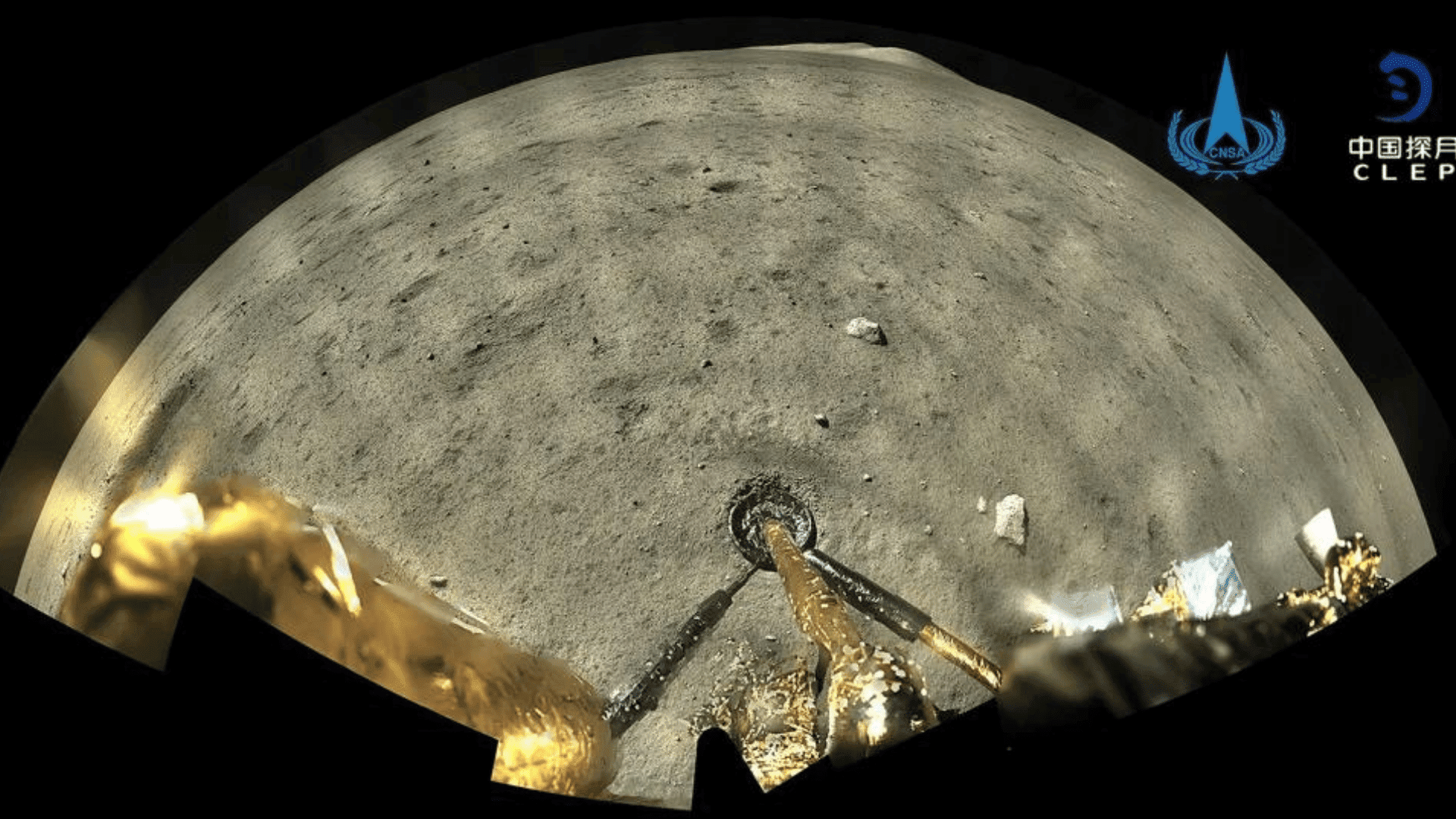
After closely inspecting the samples collected by China’s Chang’e-5 probe, researchers found a “prismatic, plate-like transparent crystal” roughly the width of a human hair, an “unknown lunar mineral” dubbed ULM-1.
According to the study, which was published in the Journal of Nature Astronomy, the ULM-1 crystal (with the chemical formula (NH4)MgCl3·6H2O) is made up of roughly 41% water, with bits of ammonia that keep the H2O molecules stable despite wild temperature swings on the moon.
The scientists behind the study wrote that this water could be a potential “resource for lunar habitation.”
“The discovery of a hydrated mineral at the Chang’e-5 landing site is fascinating and will further enhance our understanding of rock-vapor reactions in the lunar crust and on the lunar surface,” David A. Kring, principal scientist at the Lunar and Planetary Institute in Texas who was not involved in the study stated to CNN.



